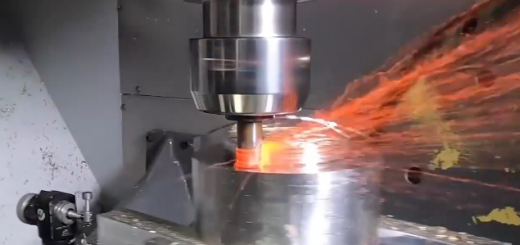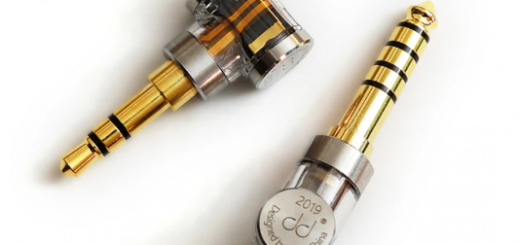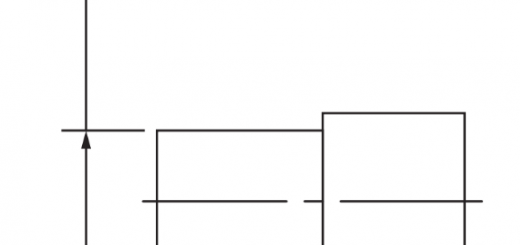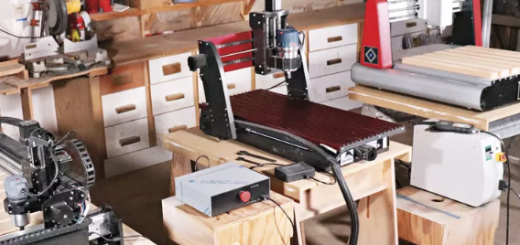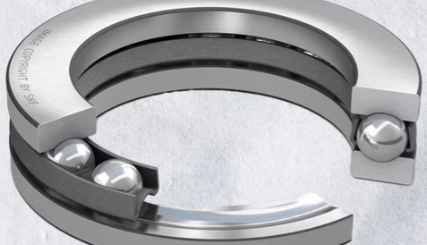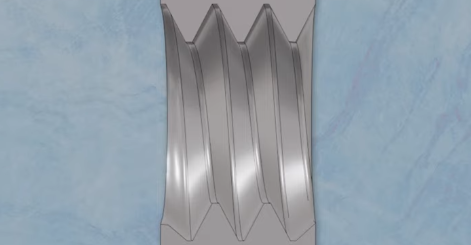What Is Chatter in CNC Machining | Cutting Tool Chatter & Vibration Causes and Solutions
Chatter is a common problem during machining operations like turning, milling, drilling, etc. What are the reasons of chatter and how can we avoid that? This article will talk about the causes and solutions of cutting tool chatter or vibration in CNC machining.
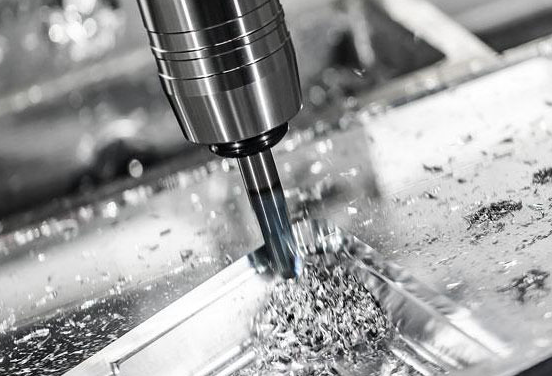
What Is Chatter in CNC?
In the context of CNC (Computer Numerical Control) machining, chatter (also known as vibration) refers to a self-excited vibration that occurs between the cutting tool and the workpiece during the machining process. It is an undesirable phenomenon that can cause poor surface finish, excessive tool wear, and even damage to the machine tool or workpiece.
What Causes Chatter in Machining?
Chatter occurs when there is a feedback loop between the cutting process and the machine structure. The chip removal process generates vibrations in the machine tool and workpiece. These vibrations then cause the cutting edge to briefly rub against the workpiece surface instead of cutting cleanly through it. This rubbing action removes material and generates new vibrations, closing the feedback loop.
Some of the common causes of chatter include:
- Stiffness of the machine structure – Less rigid machines are more prone to chatter as their structural elements can more easily vibrate.
- Cutting parameters – Taking deeper cuts or faster feed rates increases vibrations and the risk of chatter.
- Workpiece geometry – Longer or thinner wall workpieces can resonate more easily.
- Tool condition – Worn-out or damaged cutting tools chatter more due to imperfect geometry.
- Clamping and work-holding – Poorly secured workpieces can move and cause chatter.
Effect of Tool Chatter in Machining
- Poor surface finish: Chatter causes the cutting tool to leave a wavy or irregular pattern on the machined surface, resulting in a poor surface finish. This waviness can be visible to the naked eye or can be detected by surface roughness measurements.
- Dimensional inaccuracy: The vibrations caused by chatter can lead to deviations from the intended dimensions of the workpiece. This can result in parts being out of tolerance or requiring additional finishing operations.
- Excessive tool wear: The repeated impacts and vibrations caused by chatter can accelerate the wear of the cutting tool, significantly reducing its useful life. This increased tool wear can also contribute to further chatter and surface finish problems.
- Tool breakage: In severe cases, chatter can cause the cutting tool to break, especially if the vibrations become excessive or if the tool encounters a hard spot or inclusion in the workpiece material.
- Damage to machine components: Extreme chatter can also lead to damage to other machine components, such as spindle bearings, tool holders, or even the machine structure itself, due to the high-frequency vibrations and forces involved.
- Increased noise levels: Chatter generates high-frequency vibrations that can result in increased noise levels during machining, which can be disruptive and potentially harmful to operators if not properly controlled.
- Increased power consumption: The vibrations and impacts caused by chatter can increase the cutting forces and power required for machining, leading to higher energy consumption and potential overloading of the machine tool.
How to Reduce Chatter in Machining?
There are several strategies machine shops use to minimize chatter and its negative effects:
– Control Cutting Conditions: The most direct way is to optimize cutting parameters like feed, depth of cut, cutting speed, etc. Reducing one or more of these can help break the chatter feedback loop. Tools paths are also programmed to avoid resonant frequencies of the machine-workpiece system.
– Improve Machine Rigidity: Stiffness upgrades can be made to the most flexible machine elements like brackets, beds, and slides. Using stronger construction materials provides more damping of vibrations. Machine tools are also isolated from floor vibrations using pneumatic mounts.
– Select Proper Tooling: Stiffer cutting inserts, rigid tool holders, and tough brazed or solid carbide tools can all resist chatter better. The tool-work interface is also frequently coated to reduce friction-induced vibrations.
Optimize Workholding: Clamping methods are designed to constrain workpieces from any potential motion or flexing during machining loads. Fixtures may use multiple locators and clamping points for rigid workholding.
– Monitor with Sensors: Some CNC machines have accelerometers and other sensors to detect the onset of chatter vibrations so corrective measures can be promptly taken. Data collected also helps optimize processes in future jobs.
With the right combination of machine, cutting tool, work holding, and machining parameter selections, chatter can be effectively suppressed to get superior surface finishes and extended tool and machine life.

